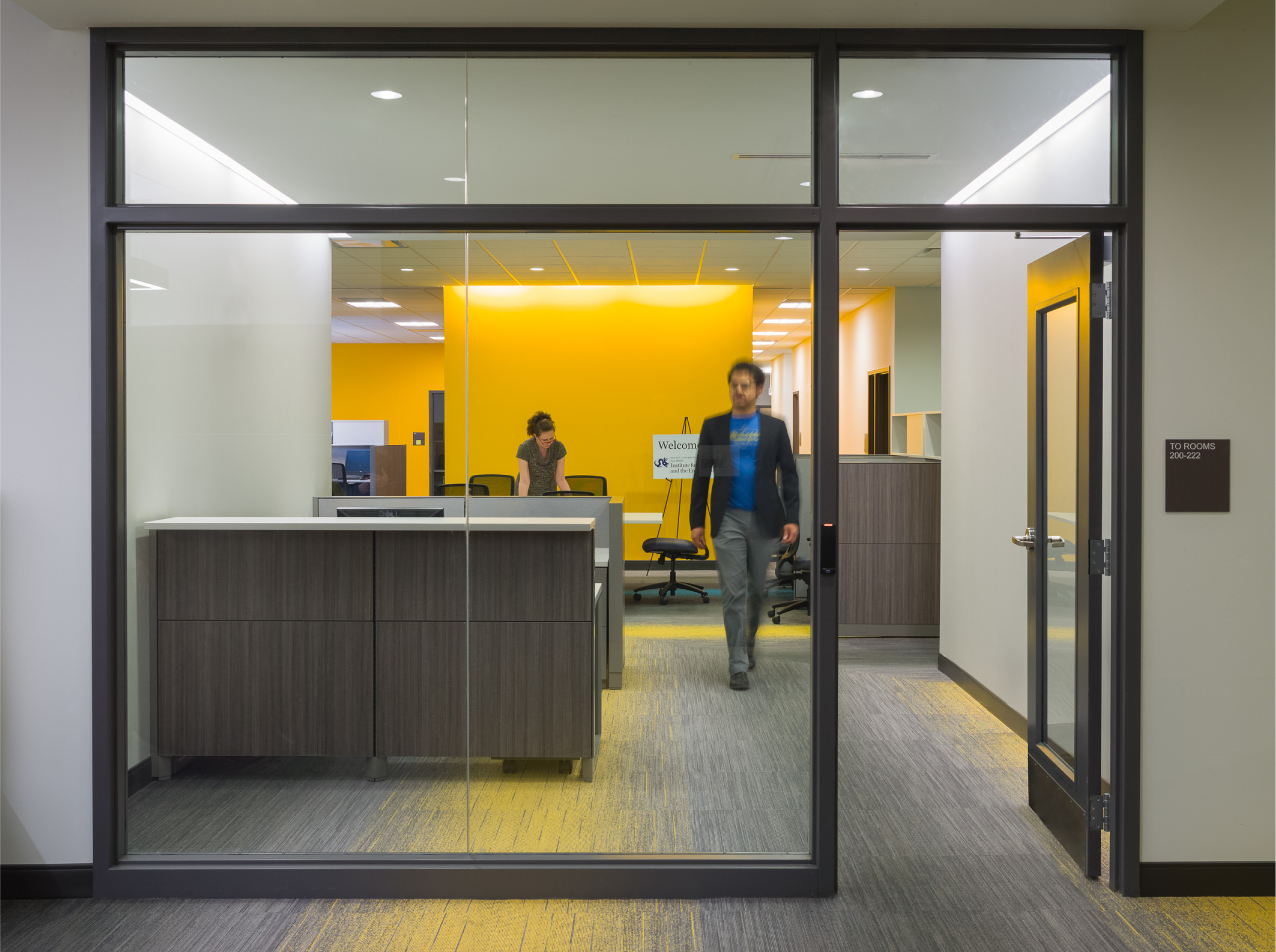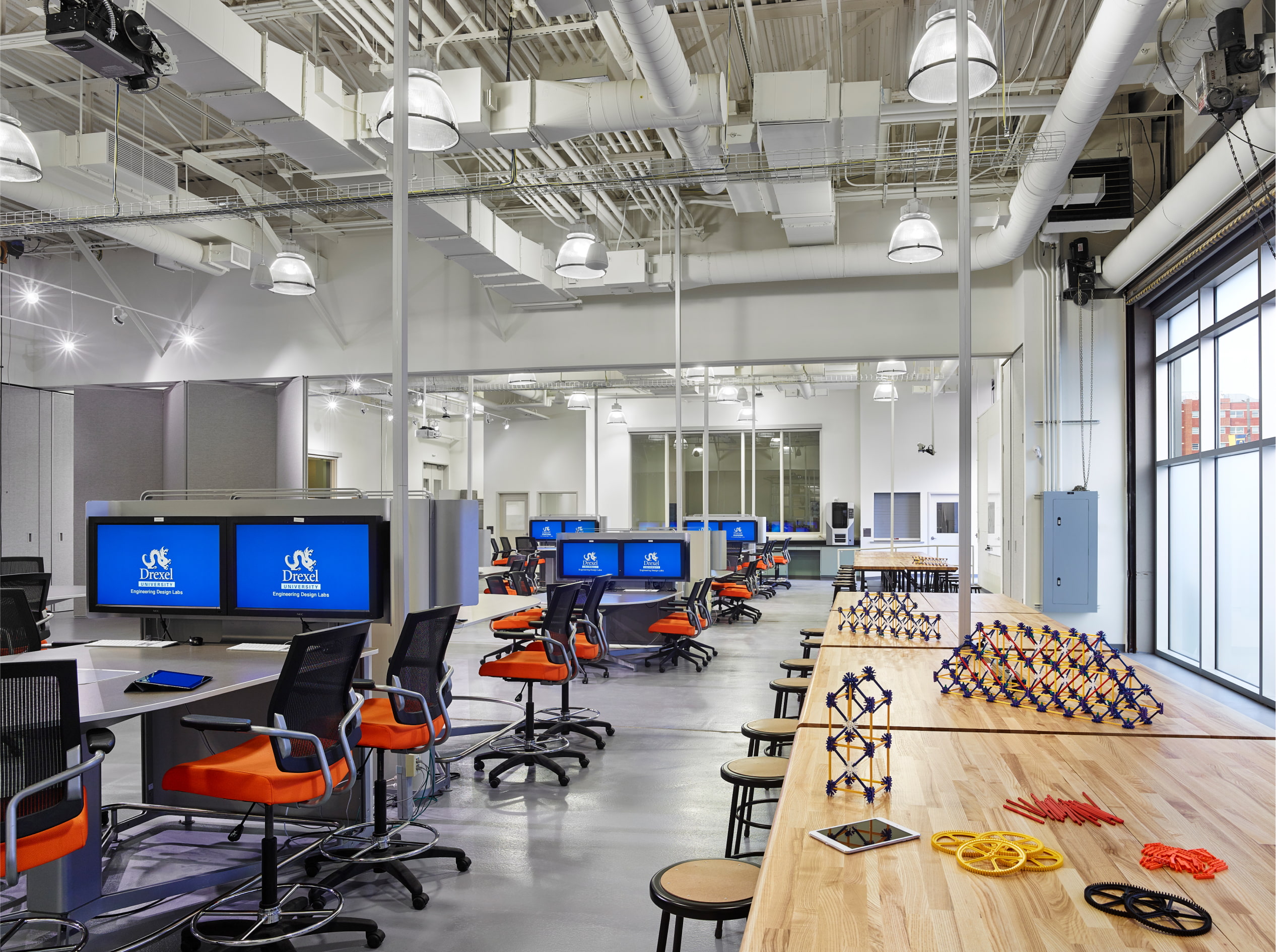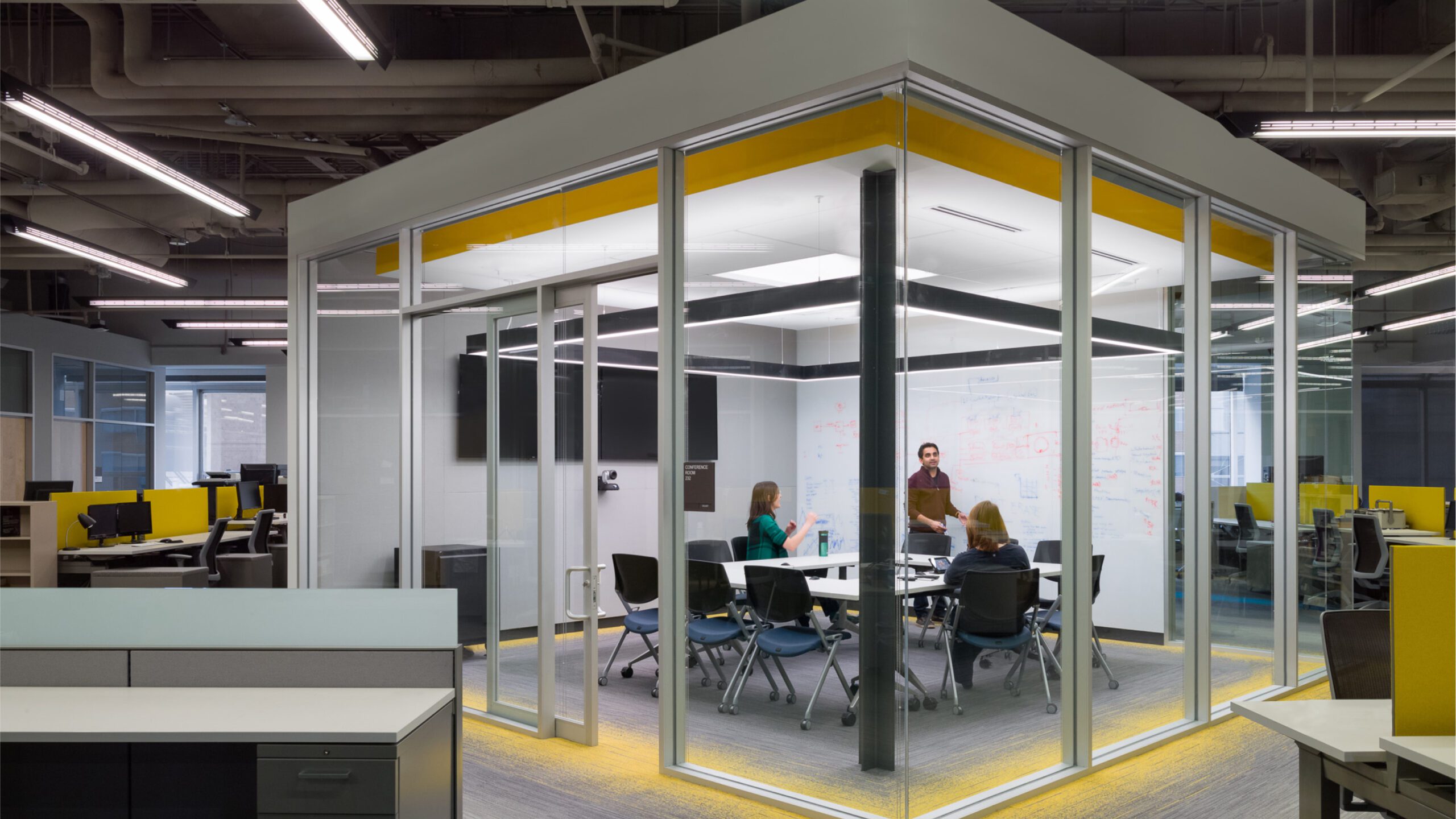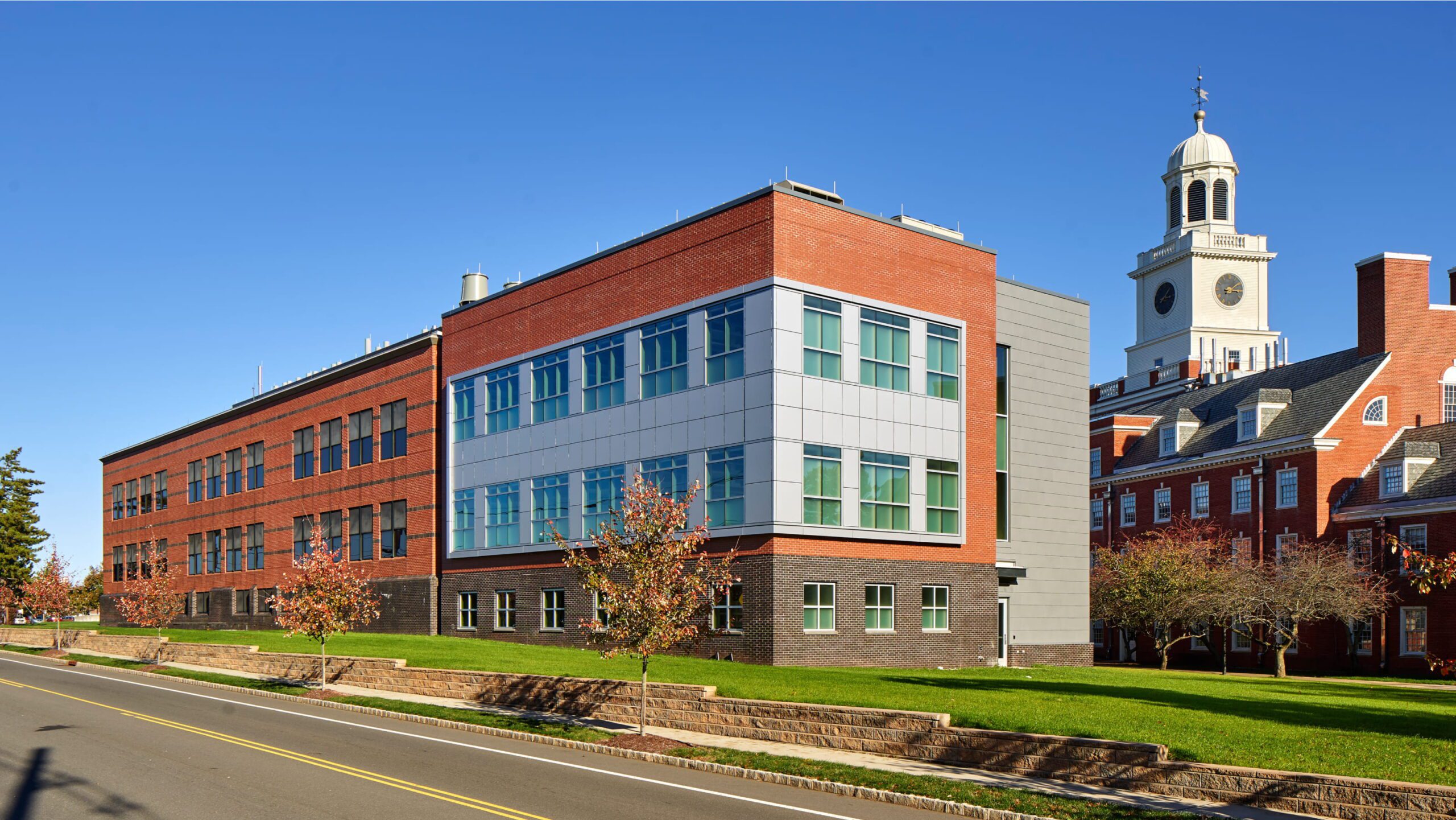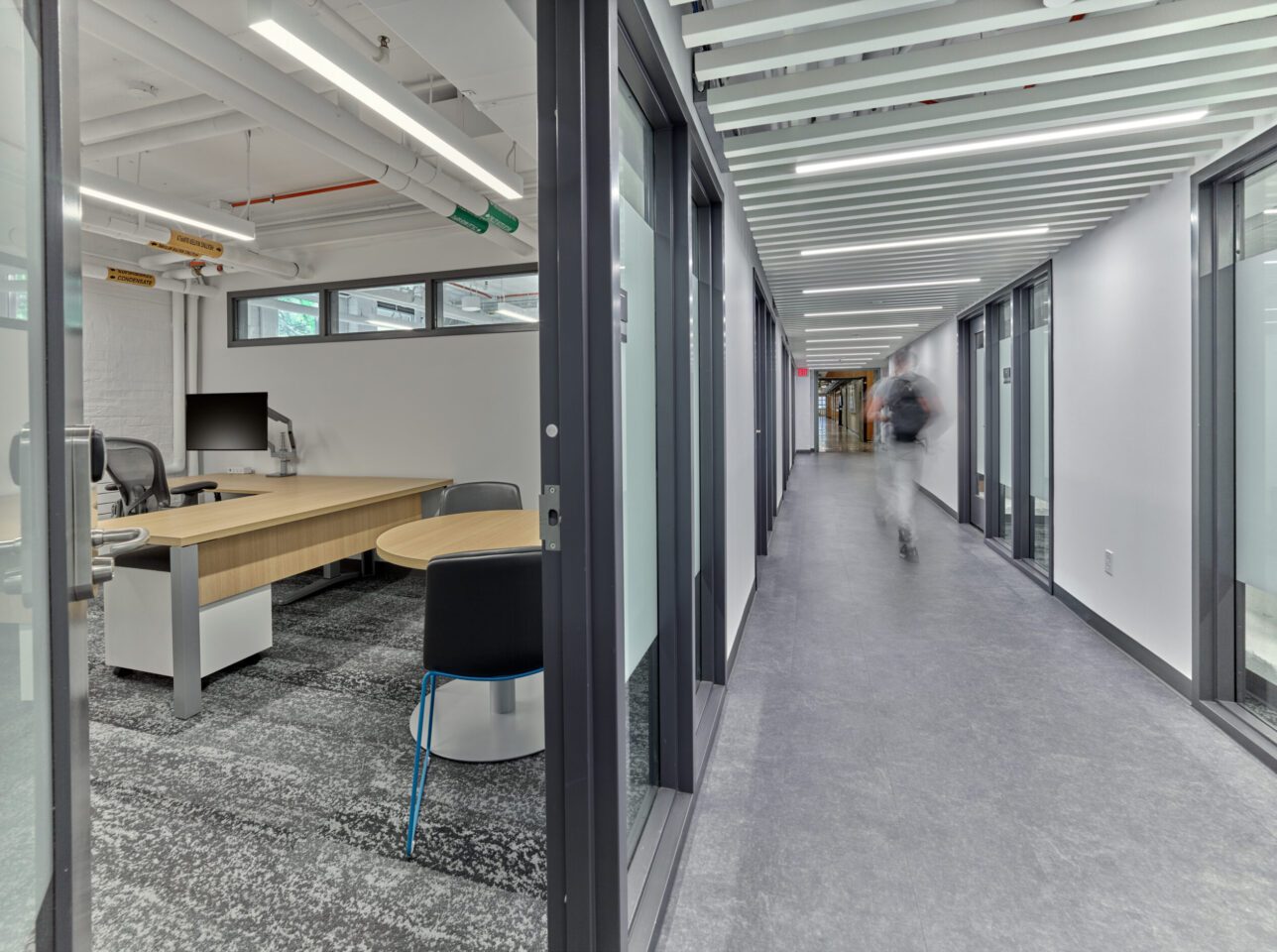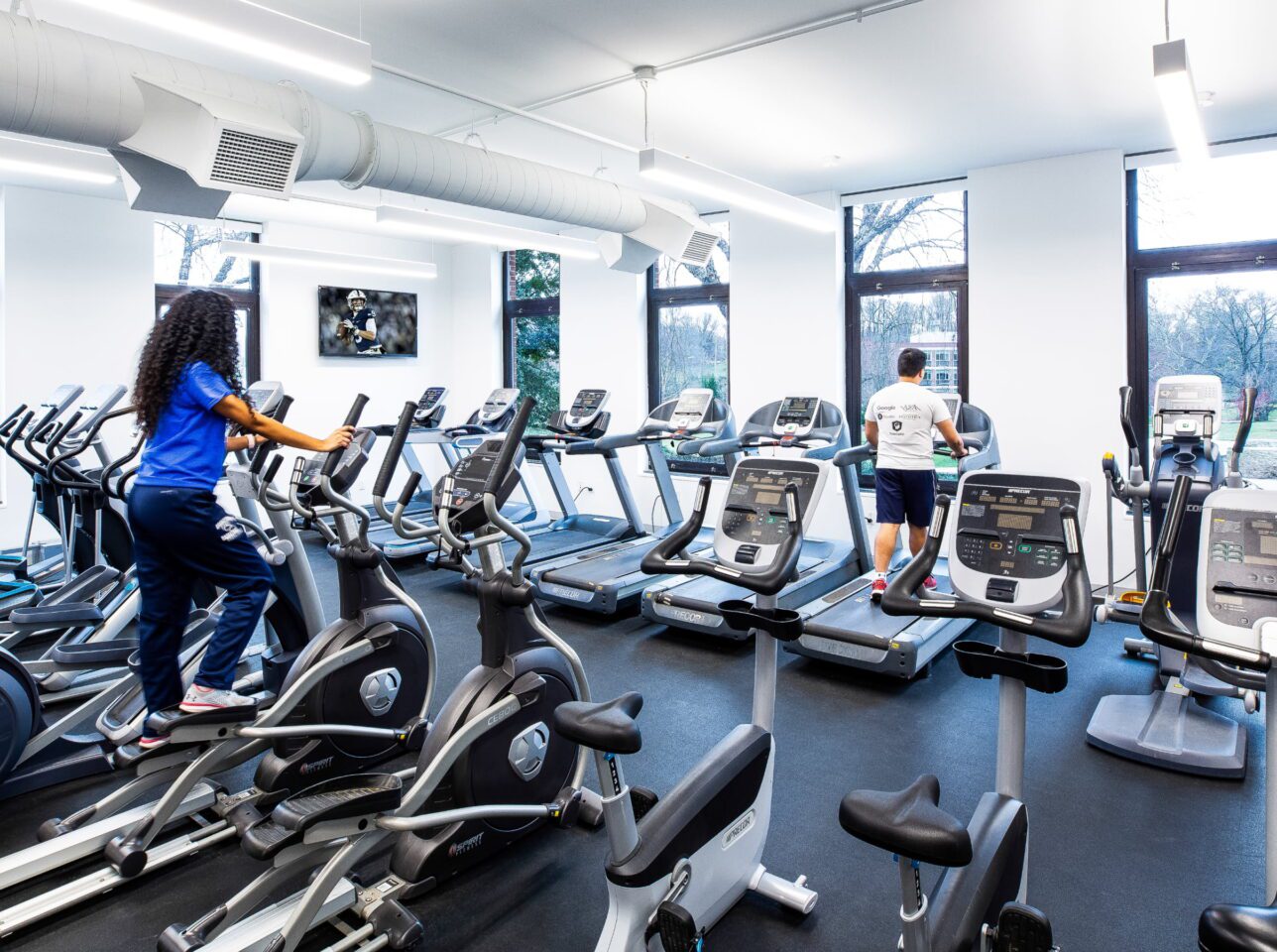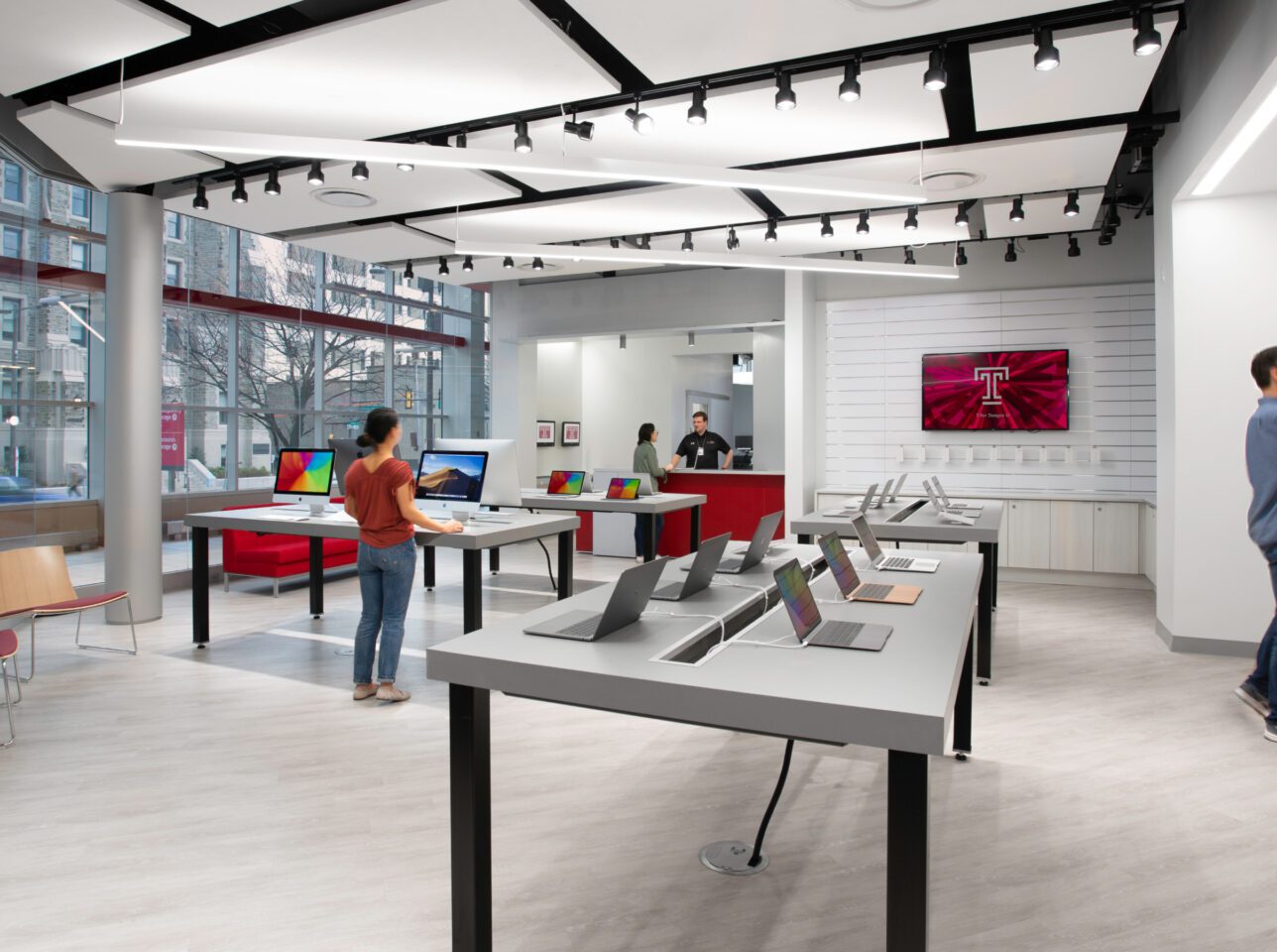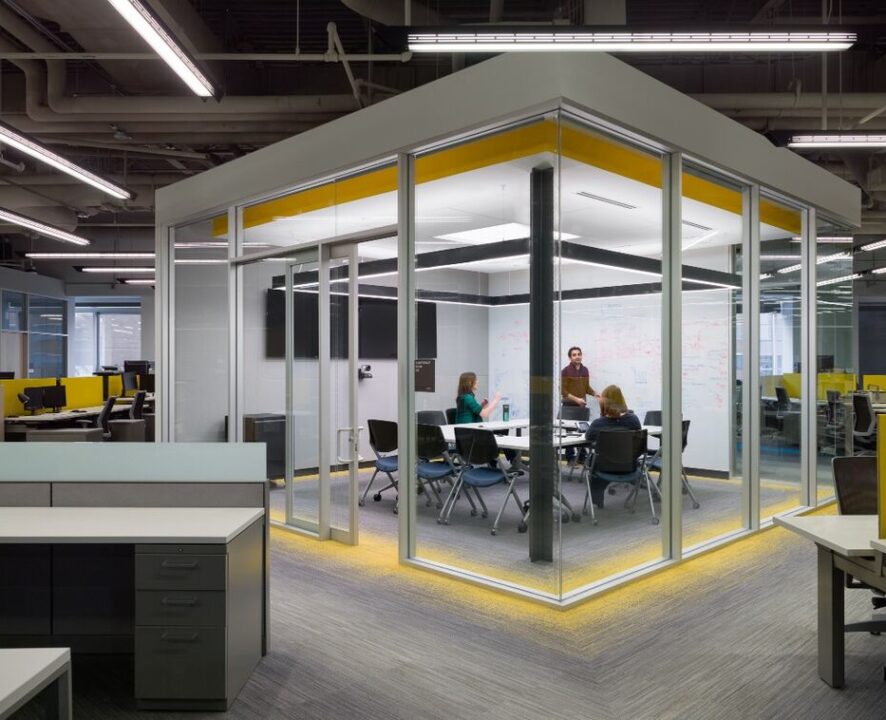Our approach to transforming a Philly newspaper warehouse into a hub for innovation.
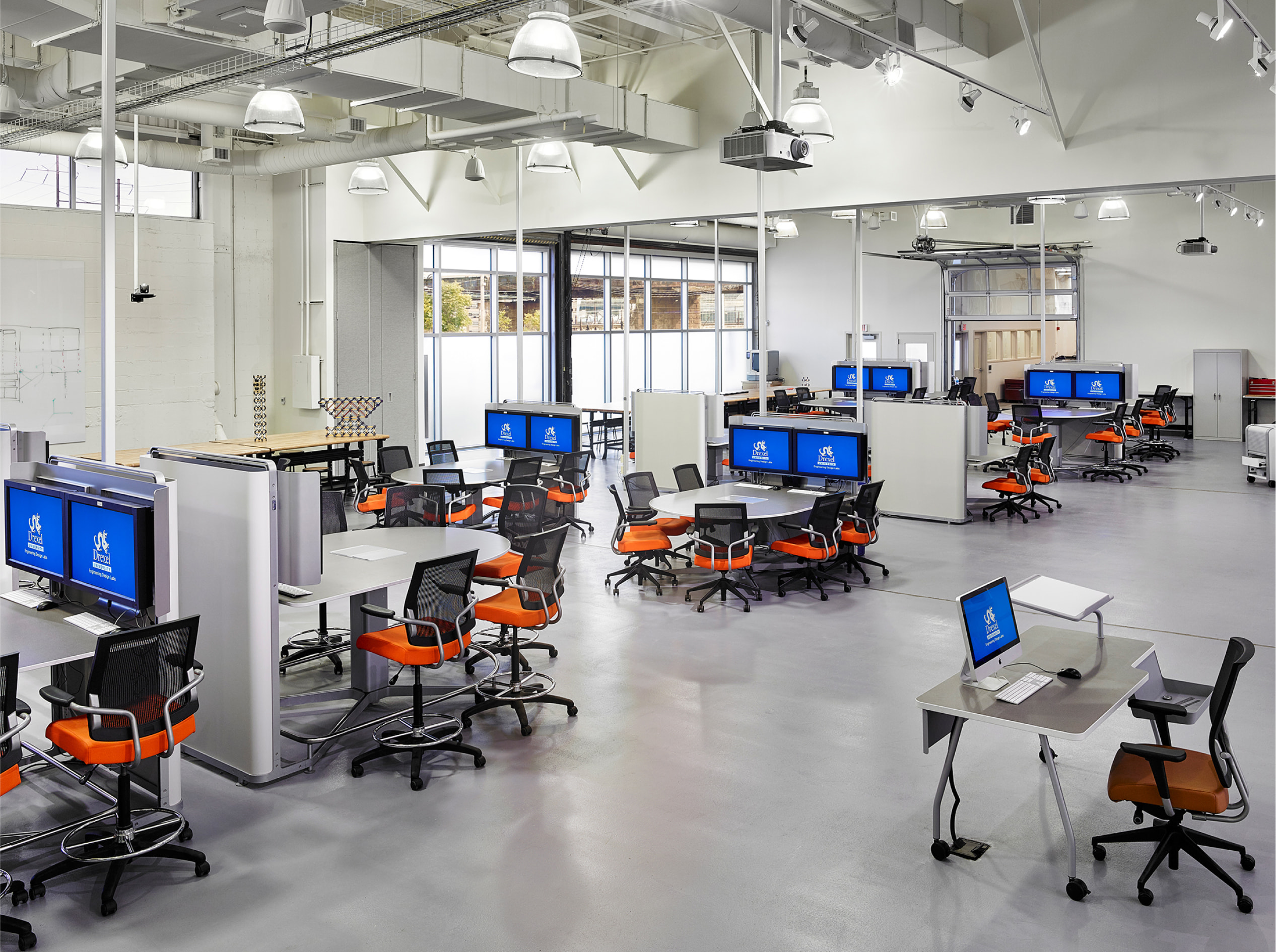
Planning
When Drexel University came to us in 2013, they had a problem.
One of the best undergraduate engineering programs in the country was completely disconnected from itself. Freshman and faculty were spread all over campus in small labs and classrooms with insufficient equipment and no cohesive infrastructure.
Our Solution
Turn a 55,000-square-foot newspaper printing warehouse into Drexel University’s Innovation Studio—a central engineering hub complete with laboratories, workshops, lounges, teaching labs, offices, and research space.
From day one, we prioritized collaboration with stakeholders and faculty by implementing their expert input into every inch of the building’s very specific spatial needs. From multi-functional classrooms to site-specific research workspaces, the goal was to create an inclusive educational space that would promote transparency, build relationships, and encourage collaboration across all sectors of Drexel’s engineering program.
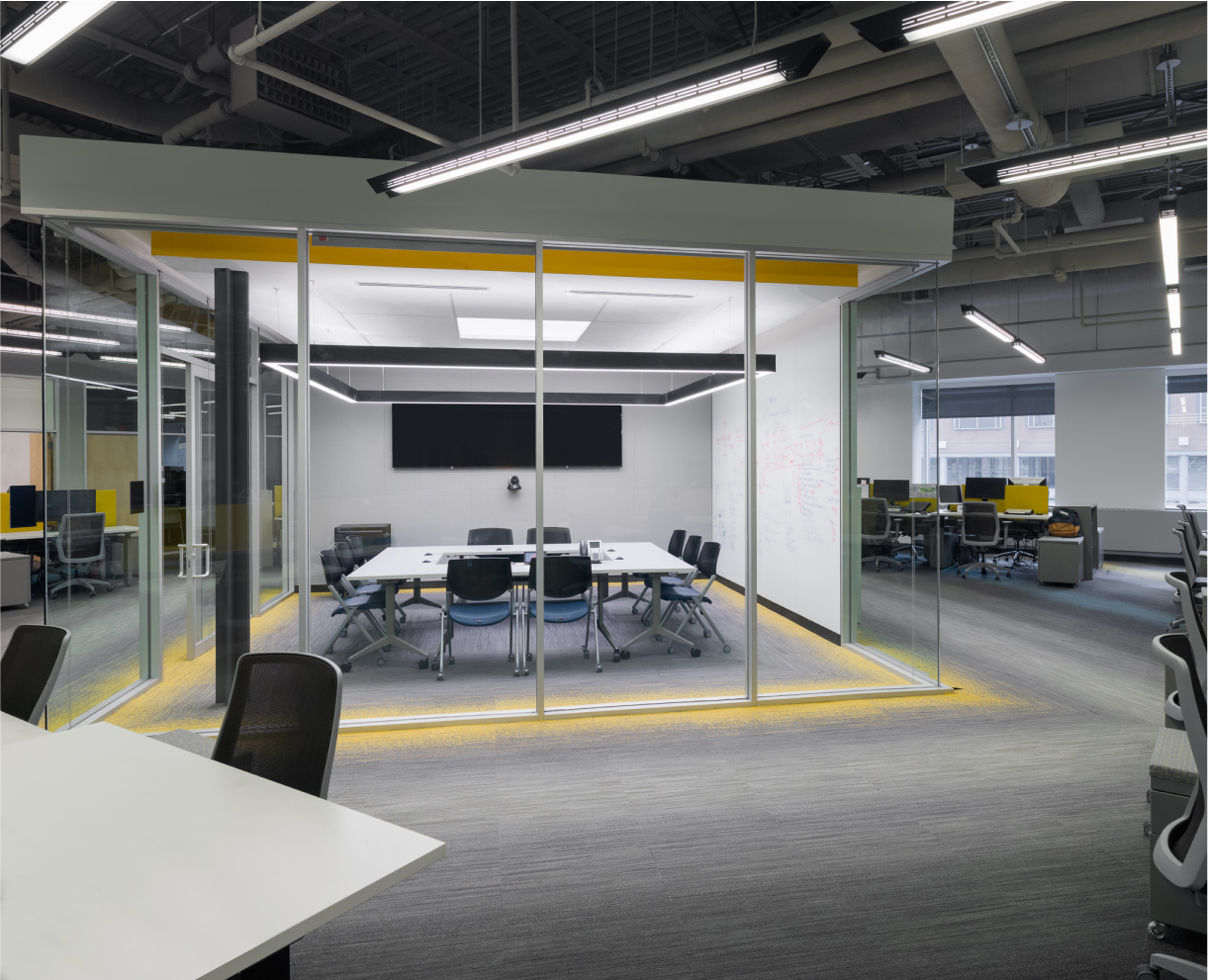
Design & Construction
For this design, we strived to make every part of The Innovation Studio a functional workspace.
Along with an open floor plan that included concrete floors, high ceilings, exposed ventilation and LED lighting, we implemented writable walls, acoustical dividers, movable tables and numerous electrical outlets, allowing for maximum flexibility for students and faculty to ideate and innovate anywhere in the building.
The space was constructed to house large-scale, state-of-the-art engineering equipment like 3D printers, welding and electrical testing machines, and a wet lab. We also applied an extensive use of glass between corridors and research labs which allowed for greater visibility among younger students to see what research really looks like.
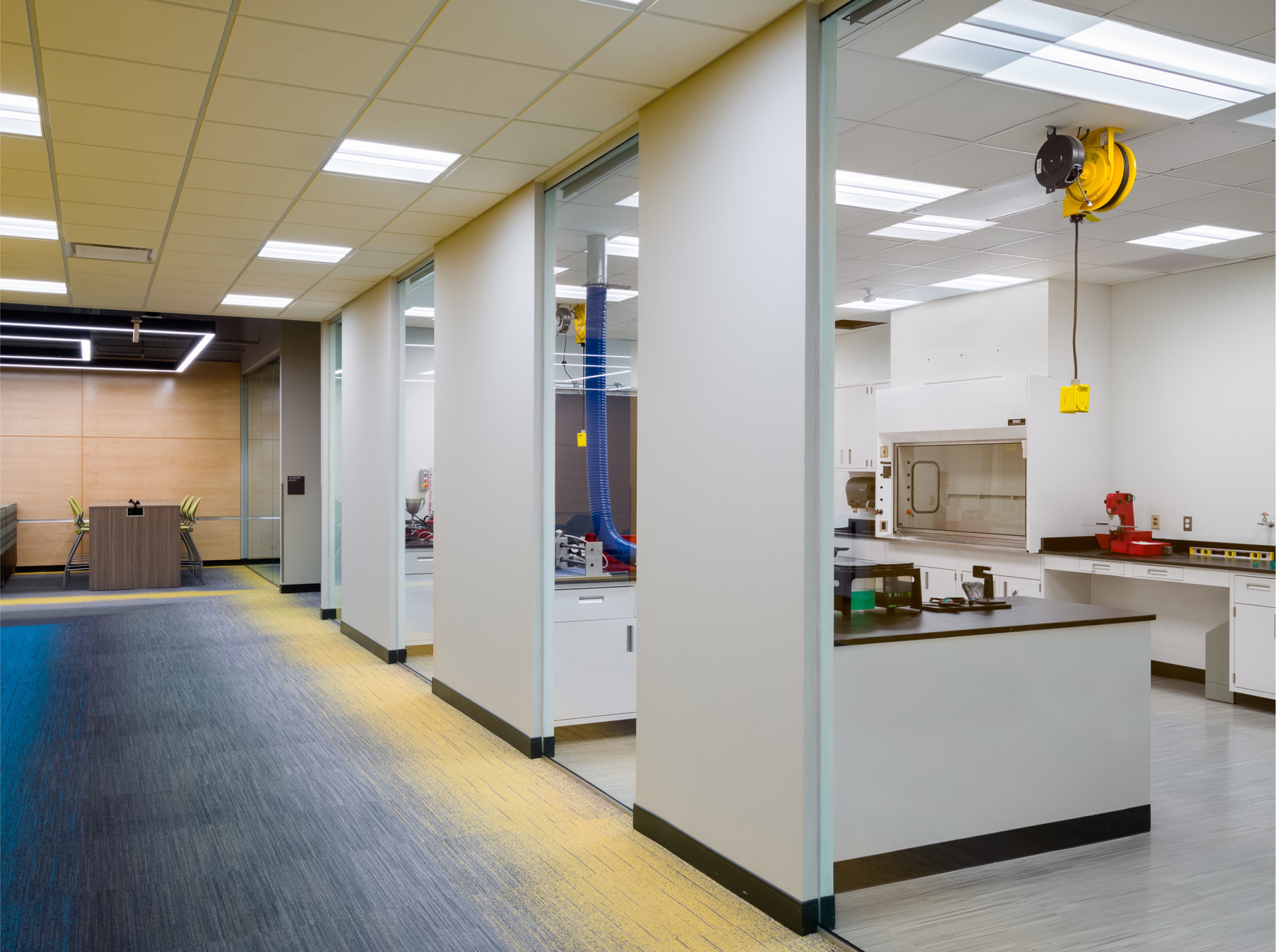

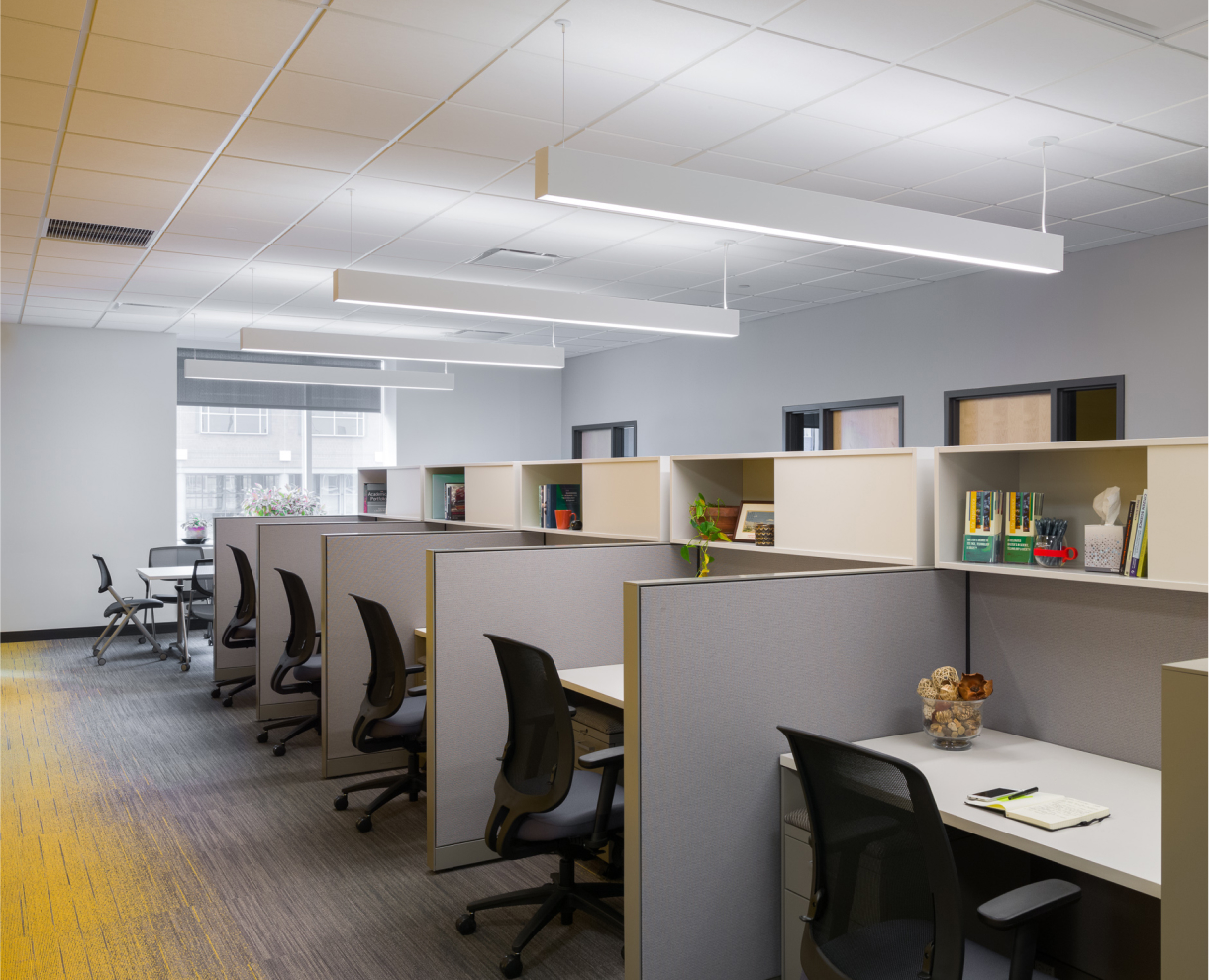
Completion
The resulting lab space is much more conducive to research and collaboration than the individual labs these researchers previously occupied.
It has succeeded in bringing undergraduates, graduate students, post-doctoral students and faculty together in one multi-functional engineering facility. And the synergy created by combining different areas of expertise in one collaborative and open space has allowed for new connections and innovations to be made that, otherwise, may never have happened.
Aleister Saunders, Drexel’s senior vice provost, summed up The Innovation Studio perfectly when he said: “It’s the integration of education, talent development, on-site training, experiential learning, and an incubator space—all in one space.”
